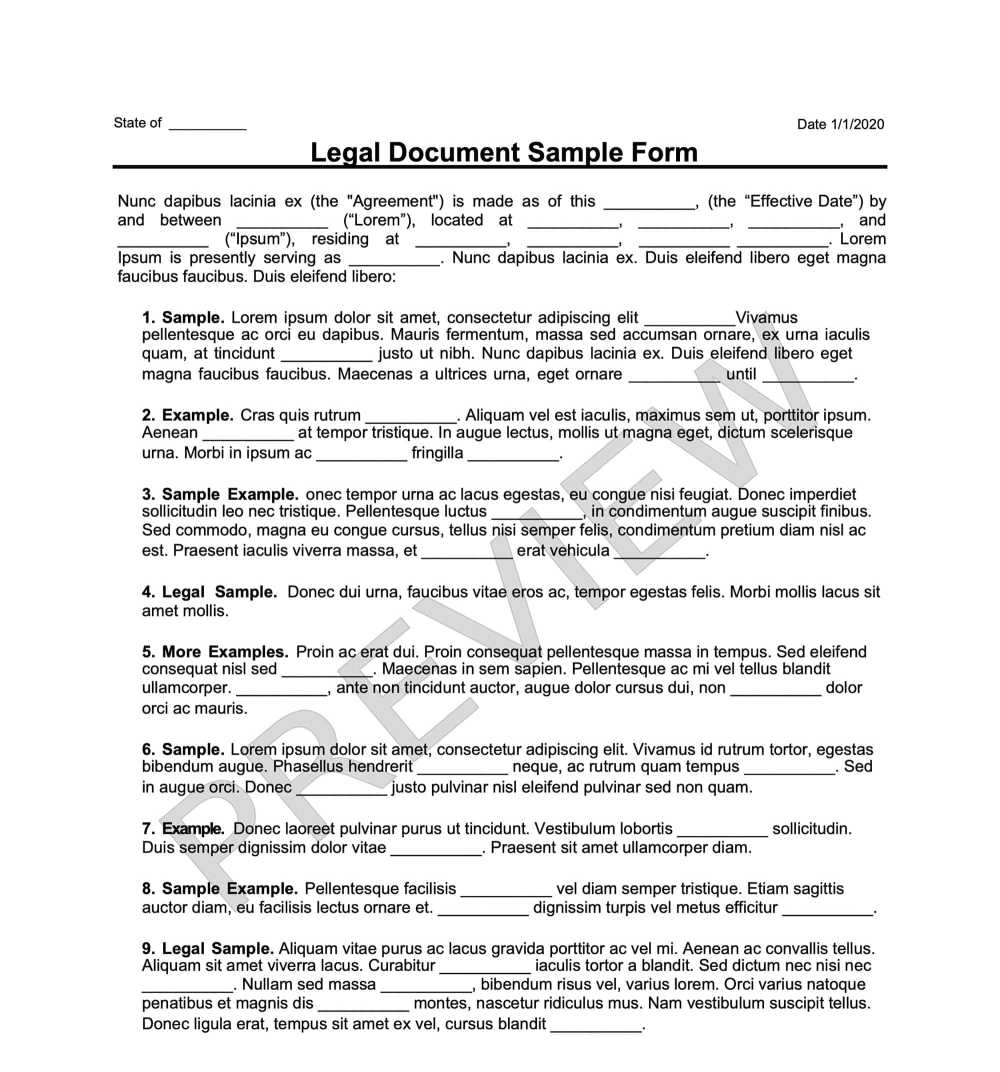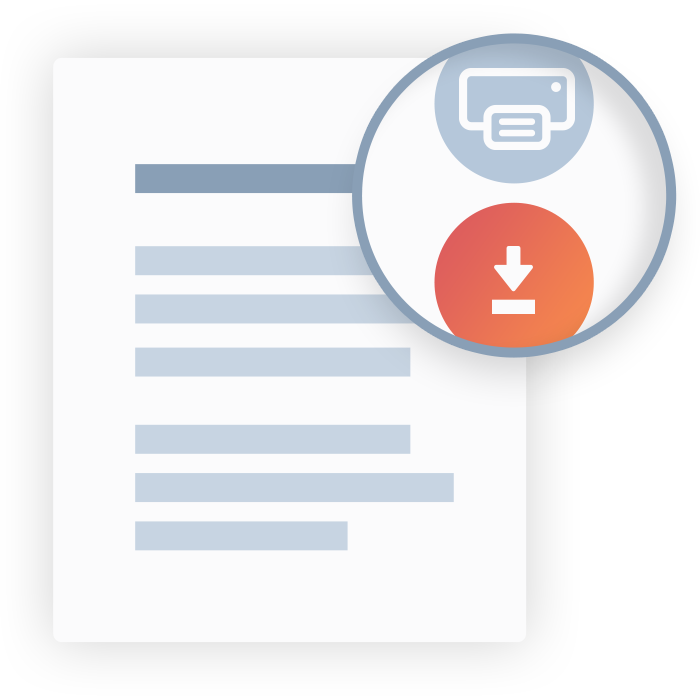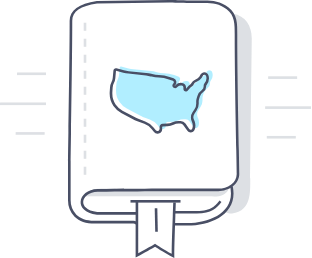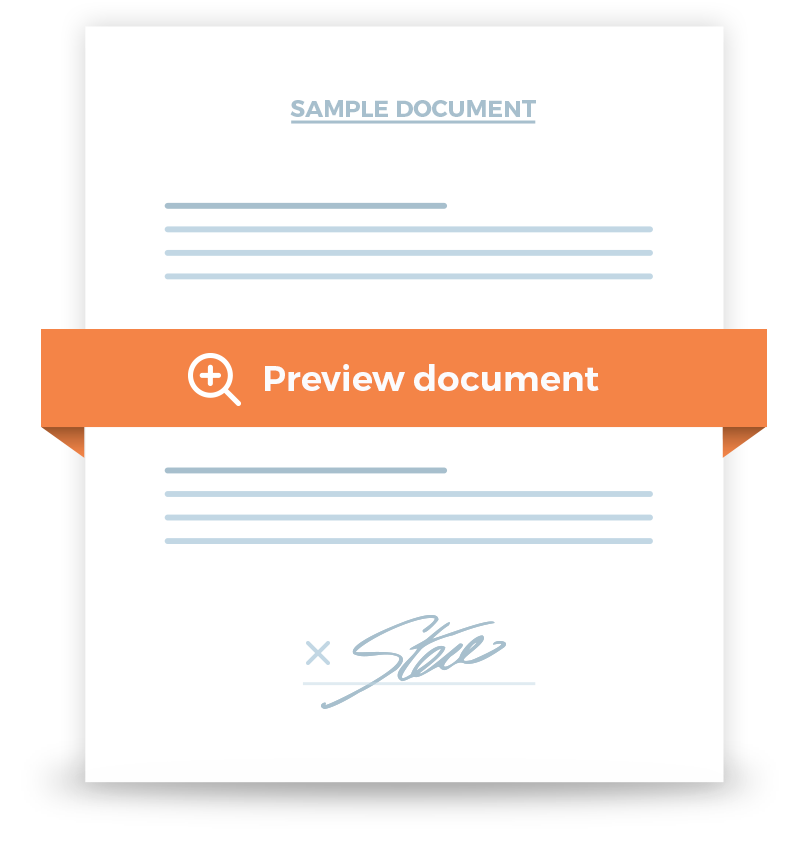Employee Privacy Policy
An Employee Privacy Policy informs an employee about their privacy rights at the workplace.


Frequently Asked Questions
Both documents are standard practice in business and employment law. The main difference is that the Non-Disclosure agreement protects the proprietary data of the employer and the Employee Privacy Policy simply informs the employees as to which of their personal data will be used by the employer. They're similar in that they require a certain level of trust between the employee and the employer.
Both the Employee Handbook and the Employee Privacy Policies are things that most new employees are asked to sign by an employer. However, the Employee Handbook is merely a manual, which can be as simple as a booklet, that explains what the company stands for and its values. It also provides necessary details about what's expected of every employee. On the other hand, the Employee Privacy Policy is a document that explains how the company will use the private information of the employee. Often, the two go together.
Aside from the fact that some states require companies to have an Employee Privacy Policy, the most significant consequence of not having an Employee Privacy Policy is not being able to run background checks, apply disciplinary actions, and just overall not being able to run day-to-day operations.
Any employee may choose to decline to sign the Employee Policy statement. In return, the employer would just have a formal acknowledgment that the employee refuses to sign. This doesn't have to result in termination or disciplinary action, but it's possible if it's the company's internal rules and regulations.
As a rule, your employer doesn’t have the right to disclose your personal information to a third party without your consent. That’s what’s the Employee Privacy Policy is for. But if a situation occurs where the policy does not cover the disclosure scope, the company will need your consent first. An exception is if the employer is legally subpoenaed. Another exception is if there is an emergency or the safety of an employee is at risk.




